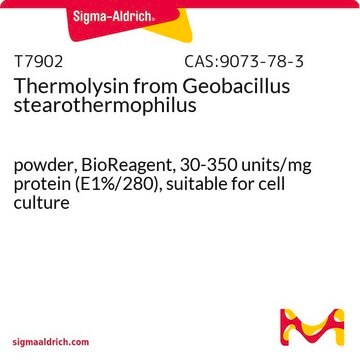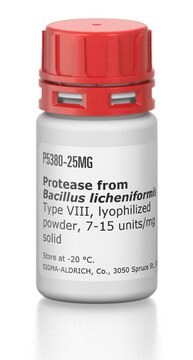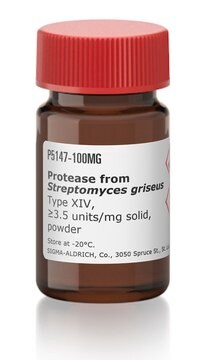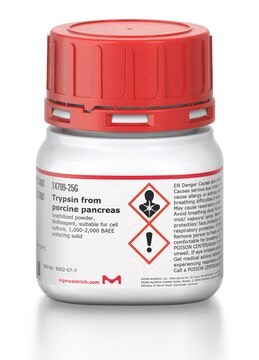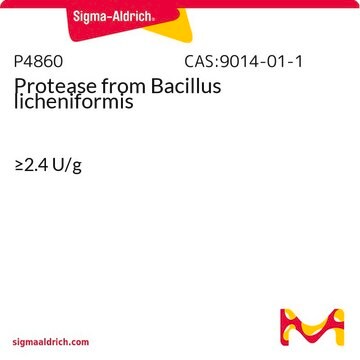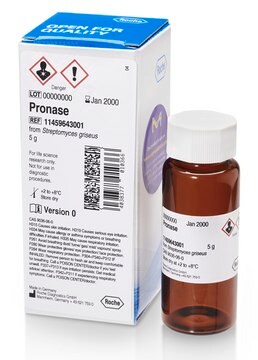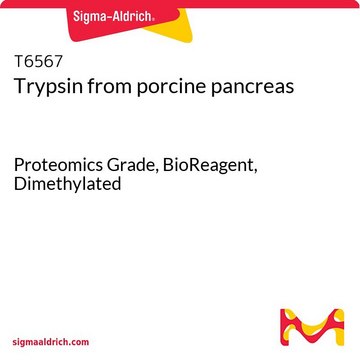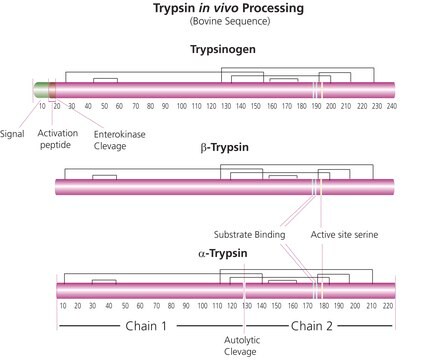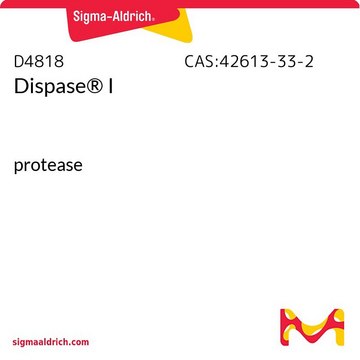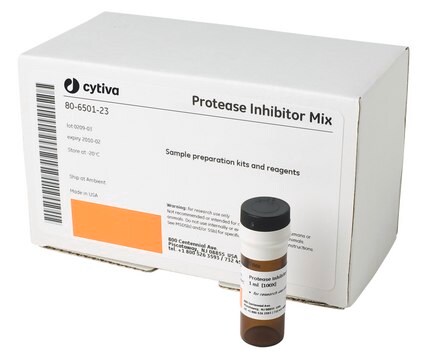P1512
Thermolysin from Geobacillus stearothermophilus
Type X, lyophilized powder, 30-350 units/mg protein (E1%/280)
Synonyme(s) :
Protease from Geobacillus stearothermophilus, Thermophilic-bacterial protease
About This Item
Produits recommandés
Source biologique
Geobacillus stearothermophilus
Niveau de qualité
Type
Type X
Forme
lyophilized powder
Activité spécifique
30-350 units/mg protein (E1%/280)
Poids mol.
34.6 kDa by amino acid sequence
Produit purifié par
crystallization
Conditions d'expédition
wet ice
Température de stockage
−20°C
Description générale
Application
Qualité
Définition de l'unité
Forme physique
Notes préparatoires
Mention d'avertissement
Danger
Mentions de danger
Conseils de prudence
Classification des risques
Resp. Sens. 1
Code de la classe de stockage
11 - Combustible Solids
Classe de danger pour l'eau (WGK)
WGK 3
Point d'éclair (°F)
Not applicable
Point d'éclair (°C)
Not applicable
Équipement de protection individuelle
dust mask type N95 (US), Eyeshields, Faceshields, Gloves
Faites votre choix parmi les versions les plus récentes :
Déjà en possession de ce produit ?
Retrouvez la documentation relative aux produits que vous avez récemment achetés dans la Bibliothèque de documents.
Les clients ont également consulté
Protocoles
To standardize a procedure for the enzymatic assay of Protease using Casein as a substrate.
Notre équipe de scientifiques dispose d'une expérience dans tous les secteurs de la recherche, notamment en sciences de la vie, science des matériaux, synthèse chimique, chromatographie, analyse et dans de nombreux autres domaines..
Contacter notre Service technique